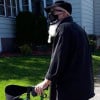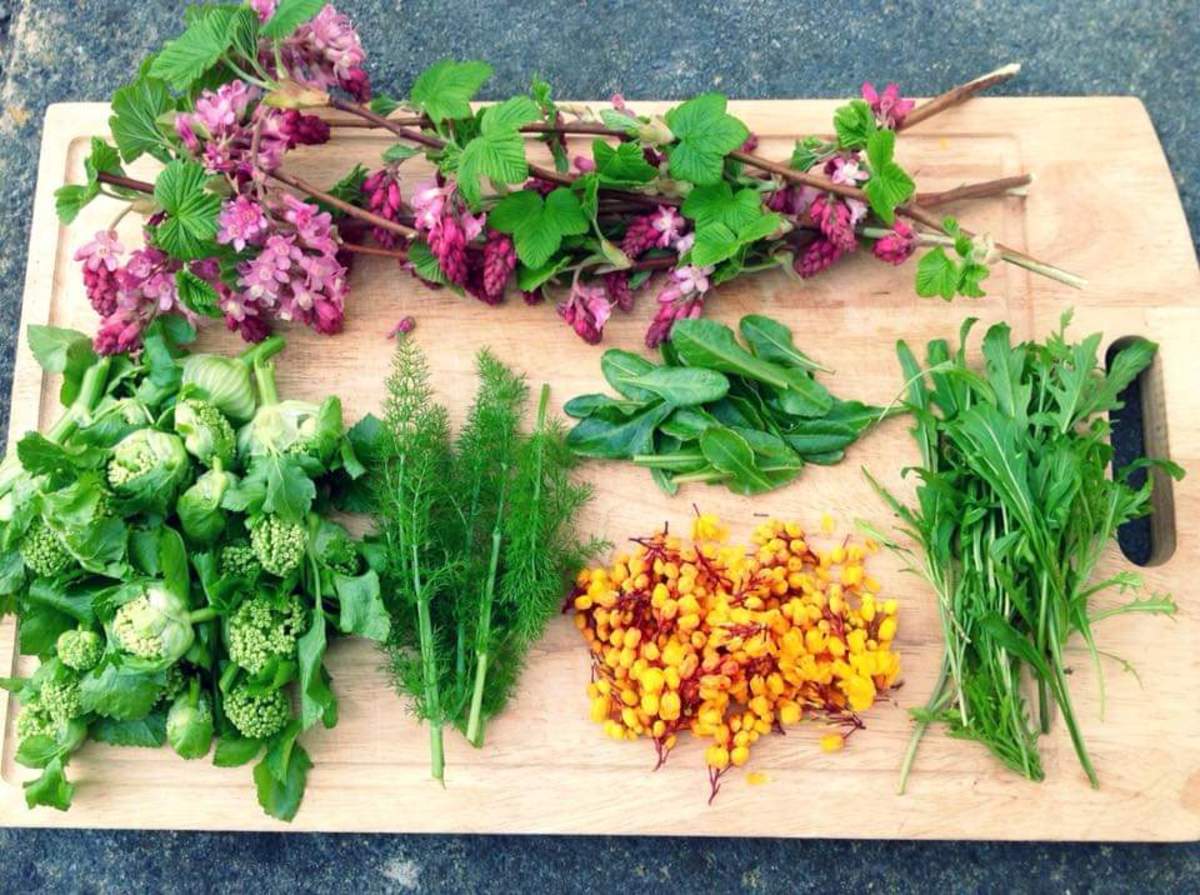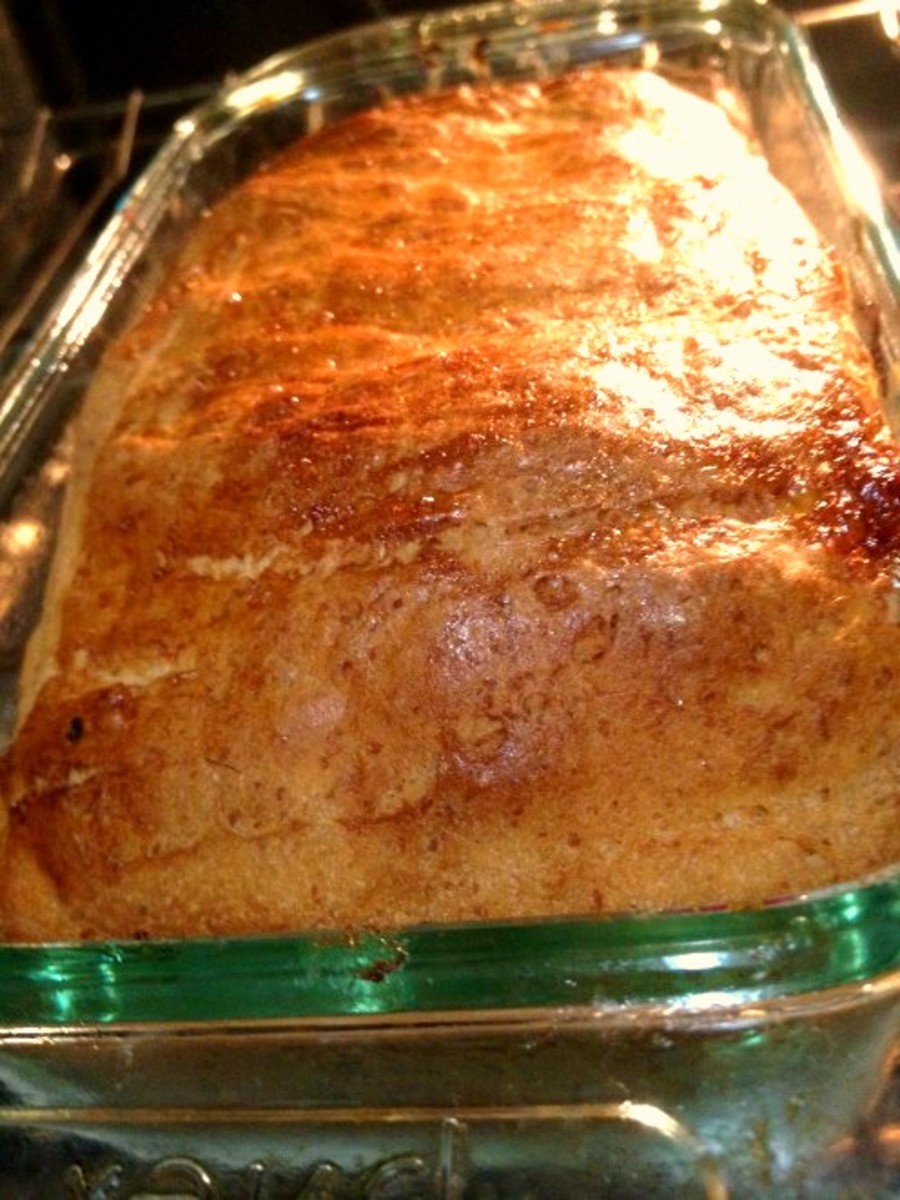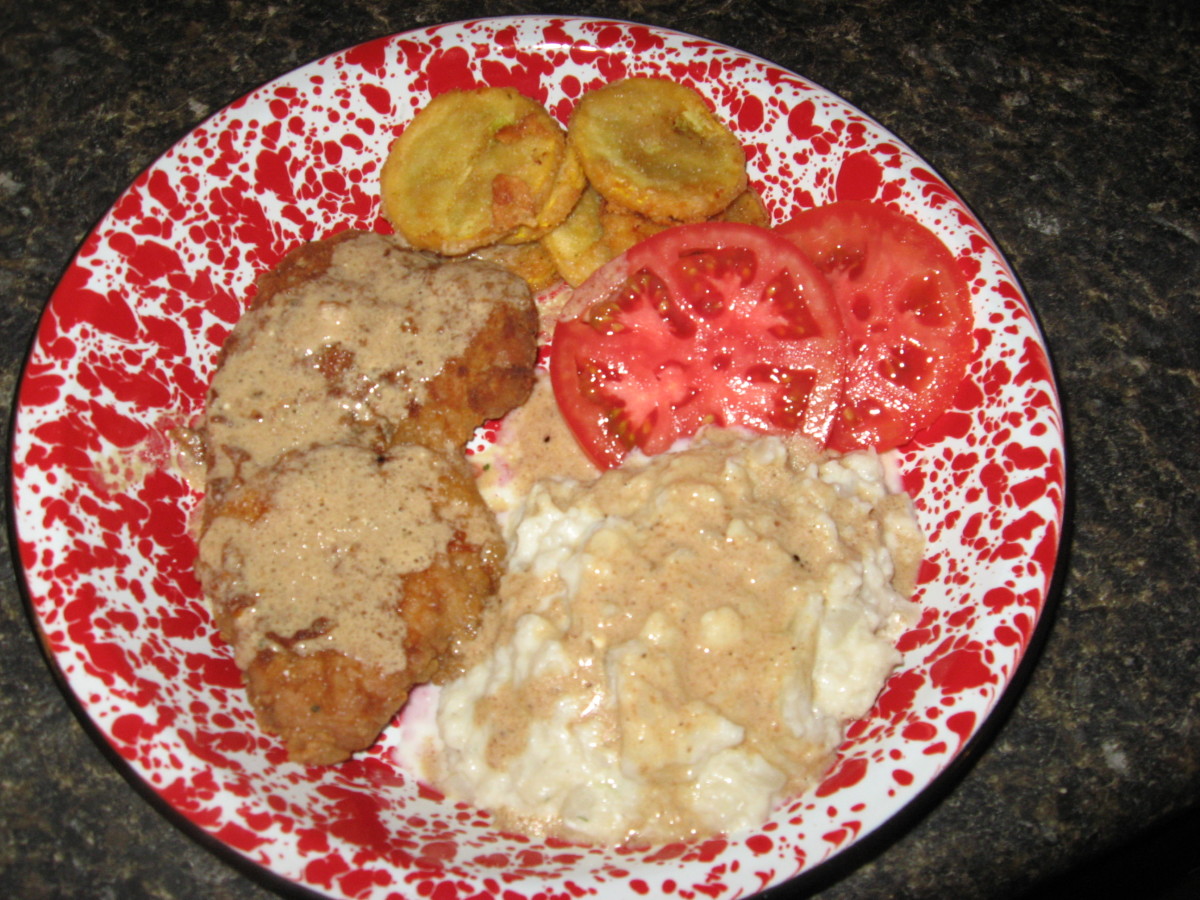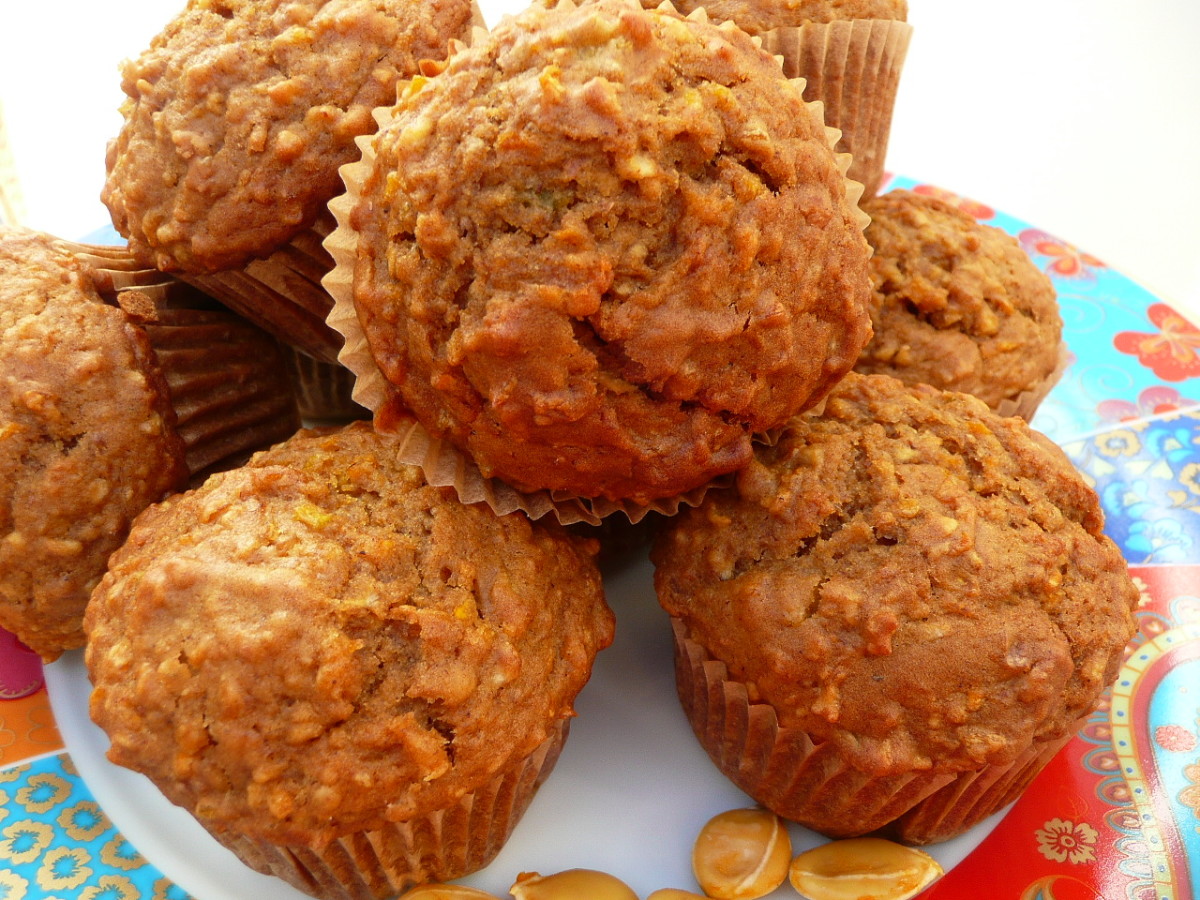How to Become an Urban Food Forager
Food Foraging
If you are unable to grow your own food, or can only grow a little of what you need to feed yourself or your family, do not despair there is a way to obtain some of the food you need and I do not mean buying it from the farmer’s market.
Actually, this method will not cost you a cent, now before you say that this sounds too good to be true, I am not talking about a steak dinner with all the trimmings, well, maybe the mushrooms, some salad and desert but no steak.
Okay, not to keep you in suspense any longer, what I am talking about is urban food foraging. Urban food foraging is similar to wild crafting where you go out and find the delicacies that Nature provides, such as herbs and mushrooms but is distinctly different from dumpster diving which involves getting to know which sources toss out their food on what day.
There is nothing wrong with dumpster diving and if you can bring yourself to wade through the garbage bin of your local supermarket you may get a few great deals and supplement your food supply.
Urban food foraging, involves identifying foods within your municipality, most often fruits and berries, which are edible and free for the picking.
When I was living in Thunder Bay, there were several spots around town where raspberries grew wild. We would go out with a bucket or pail and come back with enough to bake a pie or two or have fresh raspberries for our oatmeal or by themselves.
This food gathering has another bonus you get some exercise while you are out shopping. You also get to know yoru neighbourhood.
Now these berries were growing on city land and we never bothered to ask anyone if we could pick them, observation showed us that only the birds were reaping the harvest and we always left enough for them.
Do not pick a source dry.
Serviceberries or Saskatoons which may be used just like blueberries were also plentiful, we were fortunate that there were several Saskatoon berry bushes on the way to the community garden and could pick enough for a snack while heading to the garden to do whatever tasks needed doing.
We also picked more on the way home. Wash the food before eating and wash your hands, good hygiene is a food essential.
Another food collection method we used was to find fruit trees in the neighbourhood that were going unpicked. These were for the most part apple trees were we lived at the time. When we found one, we would knock on the door and ask the people living there if we could pick the apples.
Most people were happy to have someone pick them otherwise they simply fell on the ground and looking messy until they returned to the earth. We had two friends who gave us access to their apple trees.
Apple pies, apple sauce and apple crisp along with fresh apples were enjoyed at very little cost.
There were a few back lanes were the apple trees had branches loaded with ripe fruit hanging over the fence, we always considered these to be public apples and picked a few when out for a walk. No need to pack a snack, simply pick one.
Urban food foraging can be formalized and this is often done when a school or community organization undertakes a project to have people identify fruit trees within the municipality where the fruit may eb freely gathered.
A map is produced indicating where the food is and a team will go out and harvest. Sometimes the food, that is collected, is donated to the local food bank or other food program.
Apples and berries are not the only foods that grow within urban environment, there are a number of plants that are usually called weeds that can be freely gathered and added to your food supply. These foods require the gatherer to be able to identify what is being collected so that a potentially fatal mistake is not made.
Dandelions are perhaps the best known wild urban food. There are many others. To learn what is edible and wild where you live consult a edible food guide, check with yoru local public library or if there is a Naturalists club ask them.
Mushrooms for example should not be picked and eaten unless you are certain about what you are gathering.
Humans started out as hunters and gatherers and now is a good time for those who live in our cities and towns to return to those roots, well the gathering part anyway. Take a walk and see what is growing where you live. You may be pleasantly surprised by the abundance that is growing not far from yoru front door and just waiting for someone to come along and pick it.
Urban Foraging
- Foraging for Food in the Urban Environment | Planetizen
"Nance has foraged her way across America. And here in L.A., she teaches weekend classes in how to find food all around you, including in urban areas."
